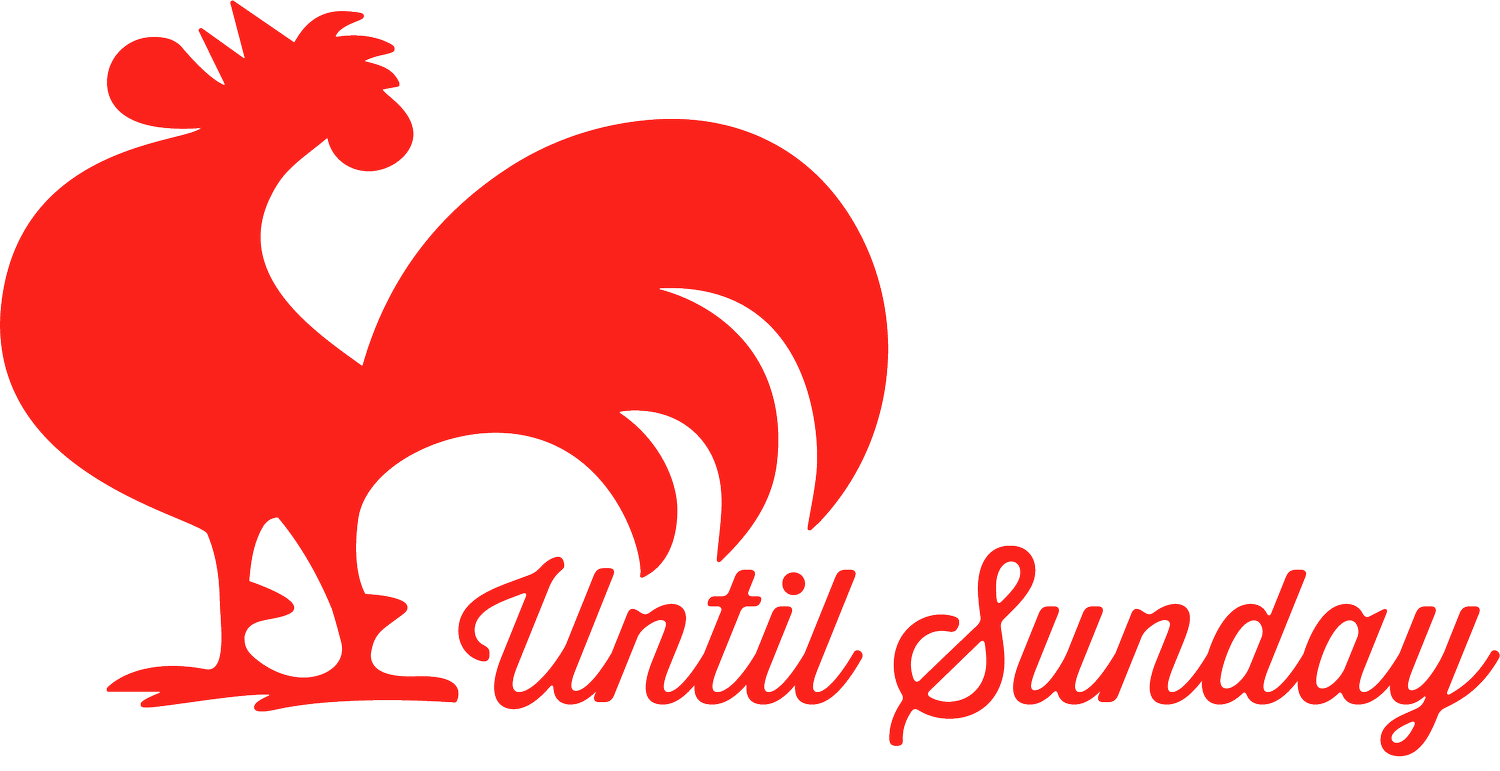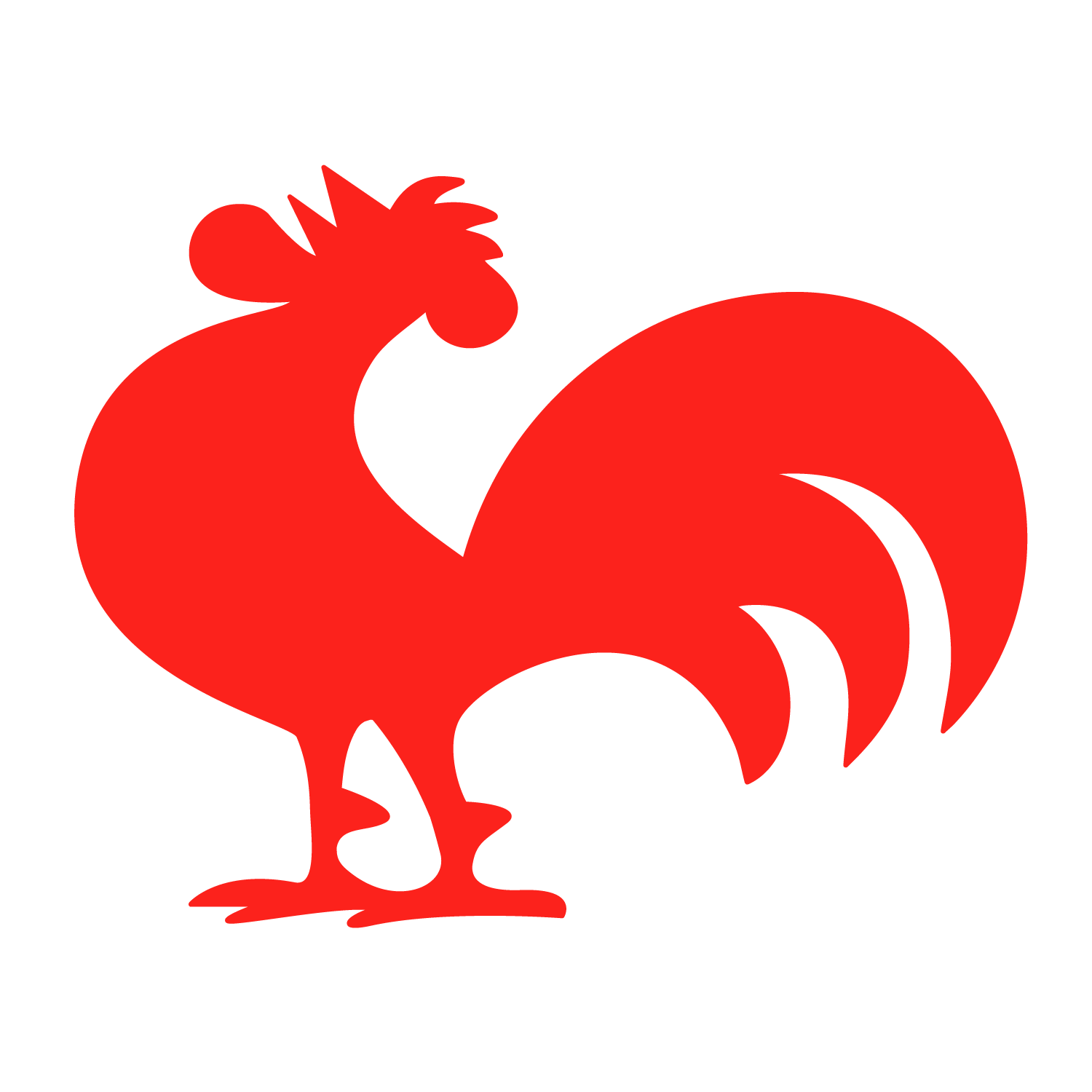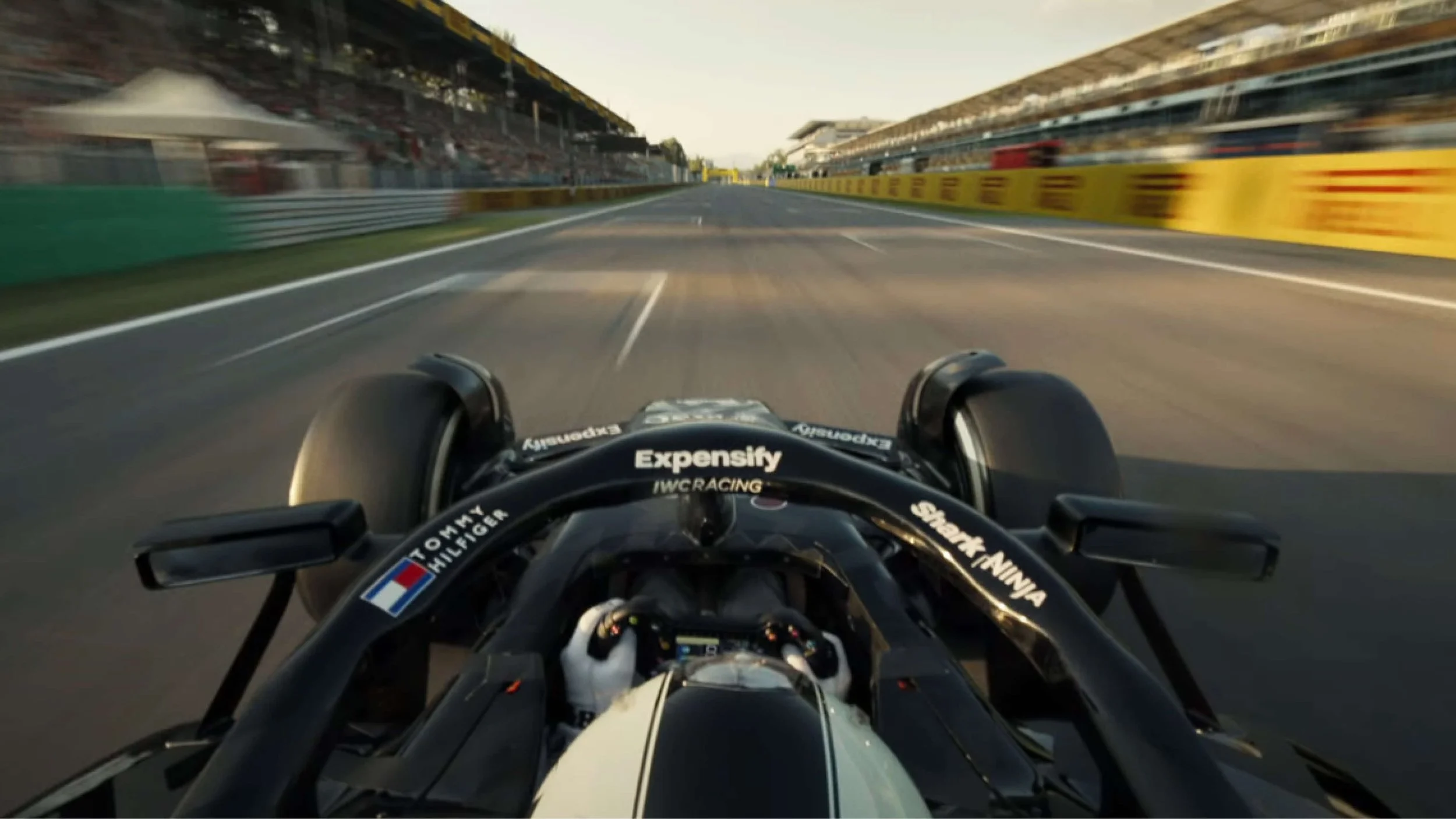#31. 3 lessons from a new movie EVERY startup founder can learn from!
When I was a child, not one Sunday went by without my father watching Formula One – loudly! – on TV. I wasn’t a fan of the sport, and I didn’t understand how anyone could get an adrenaline rush just from watching cars race at high speed.
Imagine my surprise, then, when I watched the newly-released movie F1 recently. I wasn’t expecting much, but I ended up completely hooked. Not by the plot (which I thought was bland), but the lessons I learned about how Formula One teams operate. In particular, how they develop ideas to adapt quickly between circuits.
F1: creating breakthrough projects
Over the past decade, I’ve worked closely with different tech startups. Some launched successfully and continue to thrive with large communities: such as Mautic, and my current workplace, Ministudio. Others, like After App (which I have mentioned in previous newsletters) didn’t make it to launch or even beta testing.
I have learned a great deal from both sets of experience. F1 both deepened and energised my learning, offering valuable lessons that anyone involved in fast-growing projects and companies can apply to avoid common headaches and setbacks.
(These notes were taken as I watched the movie, because these lessons were so relevant and so useful that I couldn’t stop myself from scribbling them down as they occurred!)
F1: The Movie. The film stars Brad Pitt as Formula One racing driver Sonny Hayes.
Lesson 1
Continuous testing, feedback, and adaptation
Formula One is an exhausting sport, and not just for the drivers. Throughout the movie, it was evident that teams of engineers, designers, and mechanics work tirelessly between circuits.
Each circuit presents different and often unpredictable challenges, such as varying weather conditions, that require a constant review of the car's components. Today's cars are fully controlled by computers that monitor critical metrics, including tyre pressure and battery charge. Every aspect of the circuit is tracked remotely by technicians, who provide the driver with real-time suggestions on the adjustments to make at key moments during the race.
A scene from F1: The Movie. The team principal, Kaspar Smolinski, greets the next team with a simple “hello” after Sonny Hayes commits yet another infringement.
While the movie may have over-emphasised this aspect, the fundamental ideas are that every track is unique, and no car enters a race without changes. This outlook mirrors the innovation process needed in fast-growing tech environments.
Some of the products I designed were not realised because they were tested internally by the same team that created them, rather than real users in real-world conditions. On beta versions, there was often no way to obtain real-time feedback or qualitative data from people using the product. As a result, changes were made based on assumptions rather than observations.
This approach meant the products could not adapt quickly to changing technological environments. Consequently, they soon became obsolete.
Lesson to learn:
Design products like Formula One cars: modular, adaptable, and continually tested in real-world conditions.
Build fast feedback loops with your users, capture how they interact in their own environments, and adjust swiftly to new contexts or technologies. This way, you upgrade relevant parts – rather than the whole product – which keeps it competitive.
Lesson 2
Teams and shared responsibility
There is a beautiful scene (even if it’s quite an obvious one!) in which the main character – racing driver Sonny Hayes, played by a charming Brad Pitt – sits at a table with his team members. He reminds each one about how they contributed to his victory, in their unique ways.
A scene from F1: The Movie. The team around Sonny Hayes’ car.
While he recognises that an F1 driver is always at the forefront, he also knows that the team effort won the race. Each small improvement, from saving a second in pit time to refining an aerodynamic detail, made a difference.
By contrast, in most of the startups I’ve experienced, teams work in silos. First we design, then we develop. In many cases, engineers dictate the shape of the product due to the technical constraints of new technologies, with little to no collaboration from designers.
Startup processes are messy, but that’s why communication between teams is so essential. This may sound strange, but establishing clear channels for teams to discuss and share their progress (excluding dry, daily meetings that go round and round in circles!) is rare in fast-paced environments.
Investors and CEOs are part of the same ecosystem. Their role is to set a clear vision and provide the best possible resources, rather than interfere with product decisions – unless, of course, their insights are gleaned from real-world testing.
Innovation is collective, in that small wins from different team members add up. Every contribution is a vital component of success for the product and the company as a whole.
Lesson to learn:
True innovation is never a solo act. Instead, it’s the sum of many small, well-coordinated wins across teams, guided by clarity and trust.
When teams communicate openly, they cut waste, avoid overlaps, and keep the design process moving forward, turning their shared insight into a winning product.
Lesson 3
Turning challenges into strategic opportunities
I don't know much about Formula One rules, so I researched them in order to refine and share this third lesson. For example, F1 depicts several moments in which hazards aren’t just problems to solve, but chances to gain advantage. I soon discovered that throughout the movie, Sonny Hayes seizes these chances with aplomb: for example by using pit stops strategically.
(I also read that some of the film’s tactics, like causing a safety car deployment, are punished in real Formula One races, but let's stick to the principle that I think is essential for fast growing companies: using challenges as strategic opportunities!).
A scene from F1: The Movie. Sonny Hayes battles wheel-to-wheel with his teammate, Joshua Pearce.
On many occasions, startups I worked with fell at the first (or second) challenge. For example, many saw the introduction of AI as a challenge or a threat. Others saw it as an opportunity to stay ahead of the game, using AI to actively enhance the user experience.
In my talk, “Back FOR the Future" I explained that when I do research for innovative ideas I never talk about “challenges" but "opportunities".
There is an important mindset shift here that can be hard to see, unless you are used to working in environments that view challenges as opportunities to innovate (in my experience, these environments are rare!).
In short, seeing constraints or delays as potential opportunities is crucial, if you are a startup founder who craves innovation.
Lesson to learn:
Shift the company's mindset from "this is a problem to solve" to "this is an opportunity we need to embrace." This way, you can help your teams develop a product that brings differentiation, rather than one stuck in the mire of problem-solving.
Final thoughts
The closing scene of F1 beautifully captures the state of flow described by Mihaly Csikszentmihalyi in his book, Flow.
A scene from F1: The Movie. Sonny Hayes finds his state of flow as he leads the team to victory.
The lesson comes directly from Sonny Hayes’s journey, and the joy he rediscovers in driving after a 30-year absence. We see that he didn’t return to Formula One for money or glory, but to experience that same joy.
That said, none of the above lessons can stand unless the company’s purpose is clear and that every team member understands what they are doing and why.
Only then can that company achieve a state of flow; in which work becomes not just effort, but fulfilment. Without such clarity, even high salaries, smooth communication, and lavish resources will struggle to keep people motivated in the long run.
Innovation and differentiation don’t just apply to product, but people!
With that said, I have launched a workshop that will define your story – either for yourself or your brand.
Early bird access has just ended, but you can still join the workshop at a special price by using the code own-your-story and get a special discount: from 350 euros to 280 euros!
The online workshop won't start before January 12th, but the code is valid until November 30th and it is a special offer for The Sunday Tales subscribers.
Don't miss this unique opportunity to redefine yourself in 2026!






